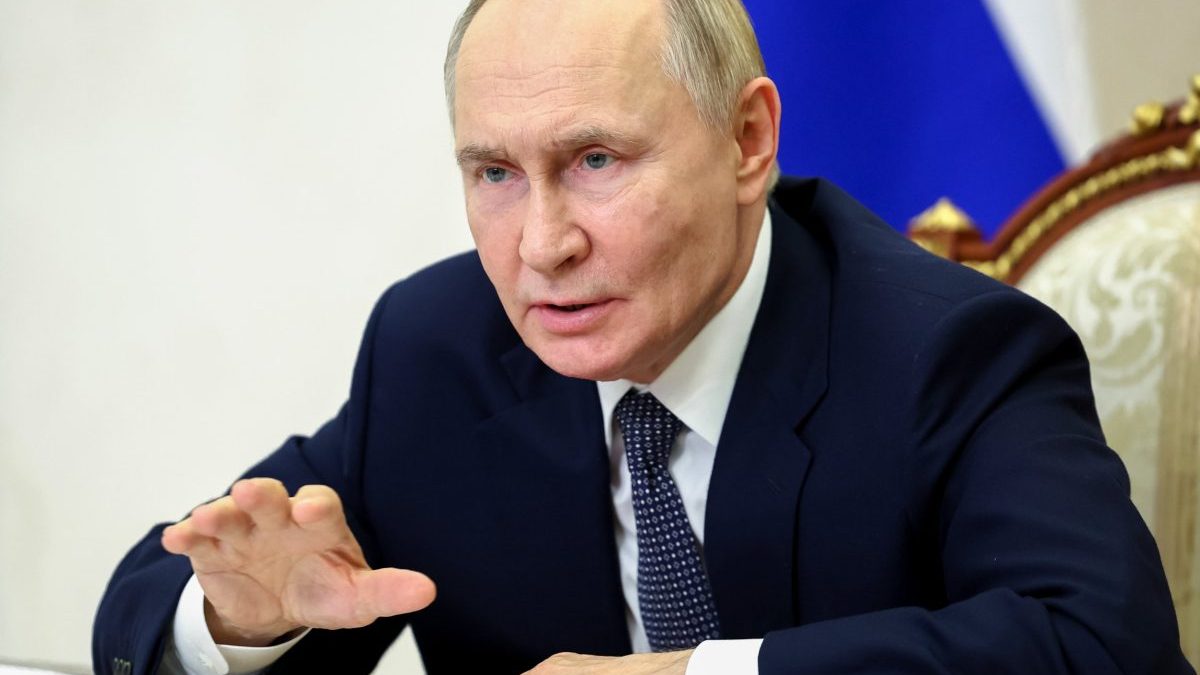
This is not just Ukraine’s war any longer. It is ours
Britain’s decision to throw its weight behind a proposed European “drone wall” underscores a recognition that war is no longer confined to Ukraine’s borders.
The UK, working with Ukraine to mass produce cheap interceptor drones, is set to anchor a barrier of aerial defences stretching along Nato’s eastern flank. The symbolism is clear: this is not just Ukraine’s war any longer. It is Europe’s.
The initiative follows a rash of incursions that have brought the war alarmingly close.
Drones, assumed to be Russian, have crossed into Polish airspace, forcing Nato jets to scramble; others have been sighted over Denmark, Norway, Romania and Sweden. Three Russian MiG-31 fighter jets brazenly spent 12 minutes inside Estonian airspace earlier this month.
Moscow pleads error, but few believe it. The pattern is deliberate: Vladimir Putin is testing Nato for weakness, probing to see how far he can go without provoking retaliation.
That is why, at Friday’s emergency meeting of EU defence ministers, officials agreed to draw up plans to build drone defences across Europe’s entire eastern front and its critical infrastructure.
European Commission President Ursula von der Leyen has said that Europe “must heed the call … to build a drone wall,” combining radars, acoustic sensors and interceptor systems.
Britain’s Project Octopus – drones ten times cheaper than conventional missiles yet proven effective against Iranian-made Shahed drones – could provide the backbone. Nato Secretary General Mark Rutte has warned that Europe cannot afford to fire million-euro missiles at drones worth a fraction of that. The economics of deterrence demand a new approach.
Ukraine is critical to this project. While its European allies have funded Kyiv’s defences, Ukrainians, who have innovated fast to develop their drone systems, can share their battlefield experience in building and deploying the weapons that have come to define the war.
The implications are stark. The era of hoping Putin could be reasoned with is over. Europe is being forced into a defence revolution, accelerating plans for joint procurement, air defence integration and industrial mobilisation. A £122bn EU loan for Ukraine, based on frozen Russian assets, is moving in parallel, marking a sobering turn in the continent’s security story.
The danger is that political hesitation could yet blunt the effort. Hungary has already signalled it will not take part, leaving a gap in the wall. And Donald Trump’s equivocation on America’s role leaves nervous frontline states uncertain of US cover. Yet the lesson from Putin’s salami-slice provocations is clear: delay invites escalation.
Europe has too often treated Russian aggression as a nuisance. The drones buzzing Nordic and Polish skies – not to mention the cyberattacks on European airports – show that conflict is not looming in some distant theatre. It is already at Europe’s gates.
The “drone wall” is no panacea, but it is at least a recognition that war is coming — and that Europe must move even faster.
